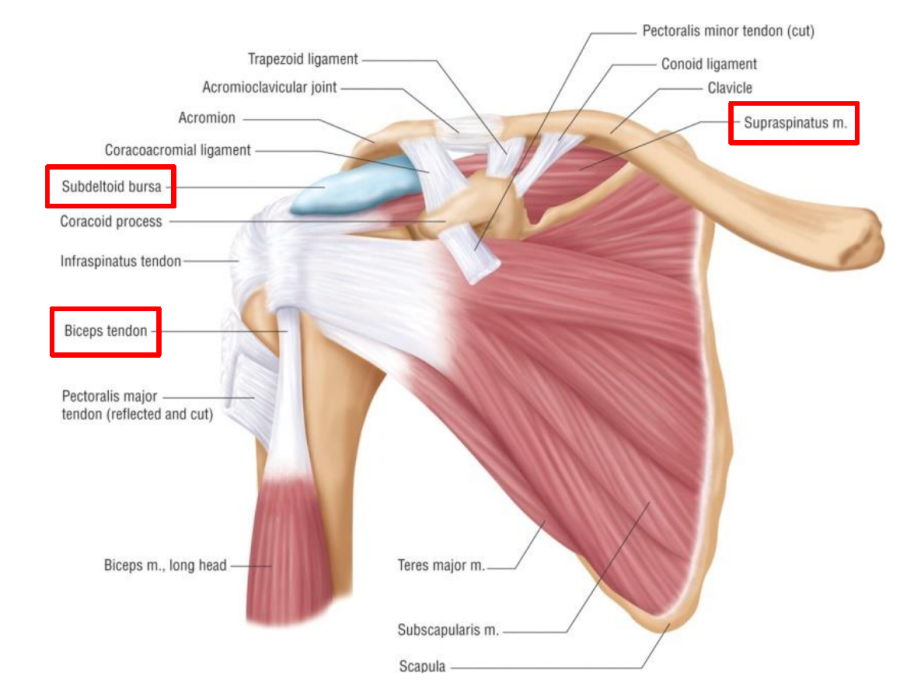Can Dry Needling Help With Shoulder Pain?

Summer is upon us! As the days become hotter, many of us will flock to the lakes, ponds, and reservoirs to cool down. Whether we swim, kayak, canoe, paddle board, wakeboard, or water ski, this requires the use of our upper extremities. As Jen mentioned in our last blog, the top three injuries for the shoulder are rotator cuff injuries, shoulder bursitis, and biceps tendonitis. All three conditions are overuse injuries induced from micro-trauma or repetitive movements. While stretching and strengthening exercises are useful to stabilize the shoulders for proper dynamic movement patterns and injury prevention, you may need to address pain and movement pattern dysfunctions in a different way once overuse injuries happen.

Clinicians are always looking for new theories, treatment techniques, and advances in rehabilitative medicine for our patients. We often notice that synergistic treatments incorporating more than one technique are the most beneficial for patient recovery. Over the past several years, you may have heard a buzz word floating around the rehabilitative world: “dry needling.” Many of us fear the word “needle” and completely disregard this modality as a treatment technique. But what exactly is dry needling and could this treatment improve your healing time?
Move Forward from the American Physical Therapy Association (APTA) quickly summarizes the concept of dry needling:
- “Physical therapists use a thin filiform needle that penetrates the skin and stimulates underlying myofascial trigger points and muscular and connective tissues.”
- “The goal is to release or inactivate trigger points to relieve pain or improve range of motion.”
- “Research supports that dry needling improves pain control, reduces muscle tension, and normalizes dysfunctions of the motor end plates, the sites at which nerve impulses are transmitted to muscles. This can help speed up the patient's return to activity.”
For more information about dry needling check out the APTA’s Health Center on Dry Needling.
In the past few years, evidence-based research has started to shed some light onto the effectiveness of this modality. Recent studies out of the International Journal of Sports Physical Therapy show, “following the intervention of dry needling, clinically meaningful improvements were seen in pain and shoulder range of motion.” (Int J Sports Phys Ther.) Even more recently, the American Physical Therapy Association published an article regarding the use of dry needling techniques with a cost-benefit analysis. “Adding trigger point dry needling to an exercise program for patients with shoulder pain may be more cost-effective than exercise alone, according to a recent clinical trial.” (PT in Motion)
In the words of Atul Gawande, “a healthy skepticism, suspended judgement, and disciplined imagination” is required when approaching any new treatment technique. Dry needling is only one choice of modality when treating a patient, but when used in synergy with other treatment techniques and modalities, we may find dry needling to be a beneficial addition.
PS. If you haven't already, check out Jen's blog for some insightful shoulder exercises to prevent pain and overuse syndromes. You should also look into her classes at our S. Burlington location - she uses her immense wealth of knowledge and expertise to individually tailor her classes to meet your needs!


